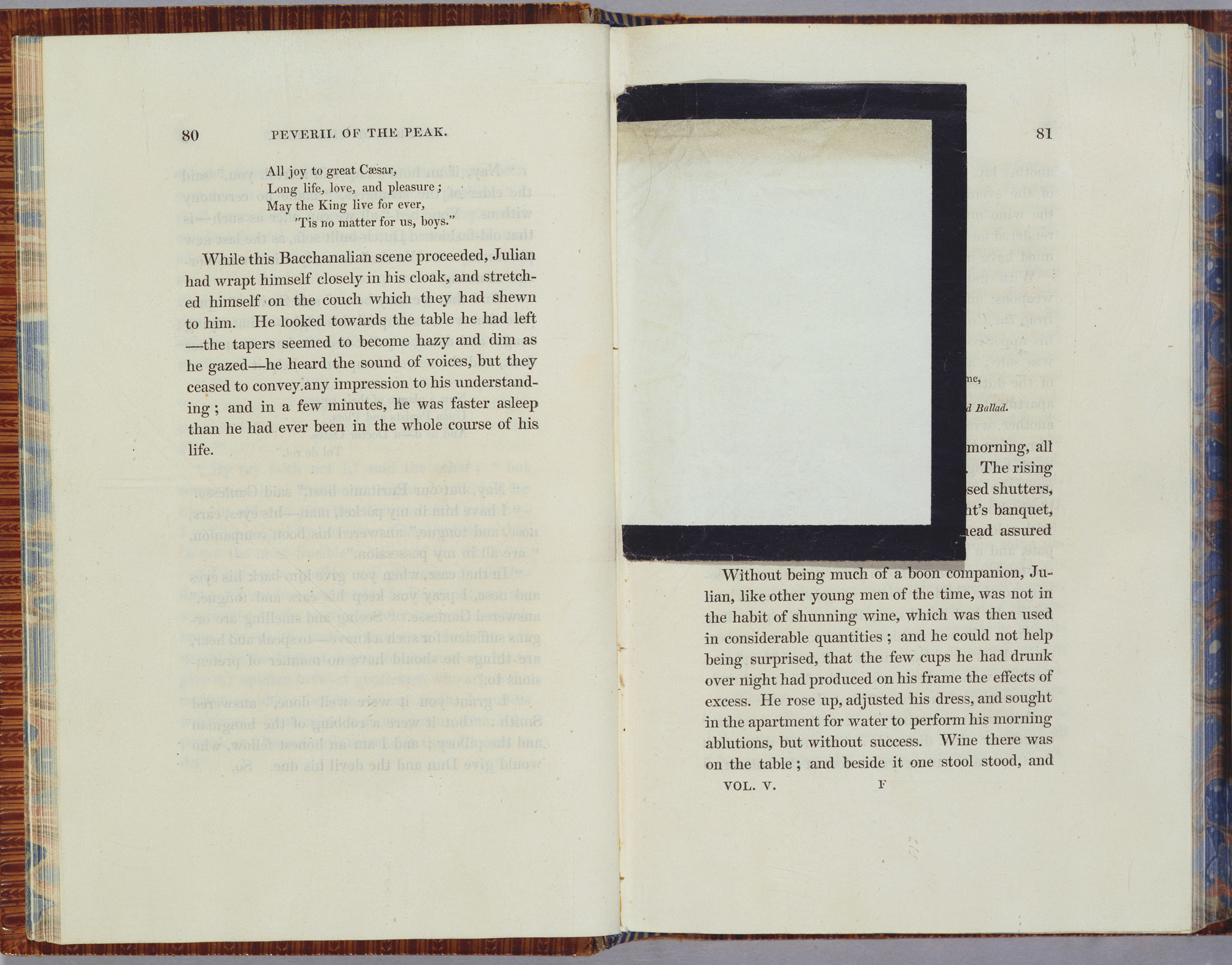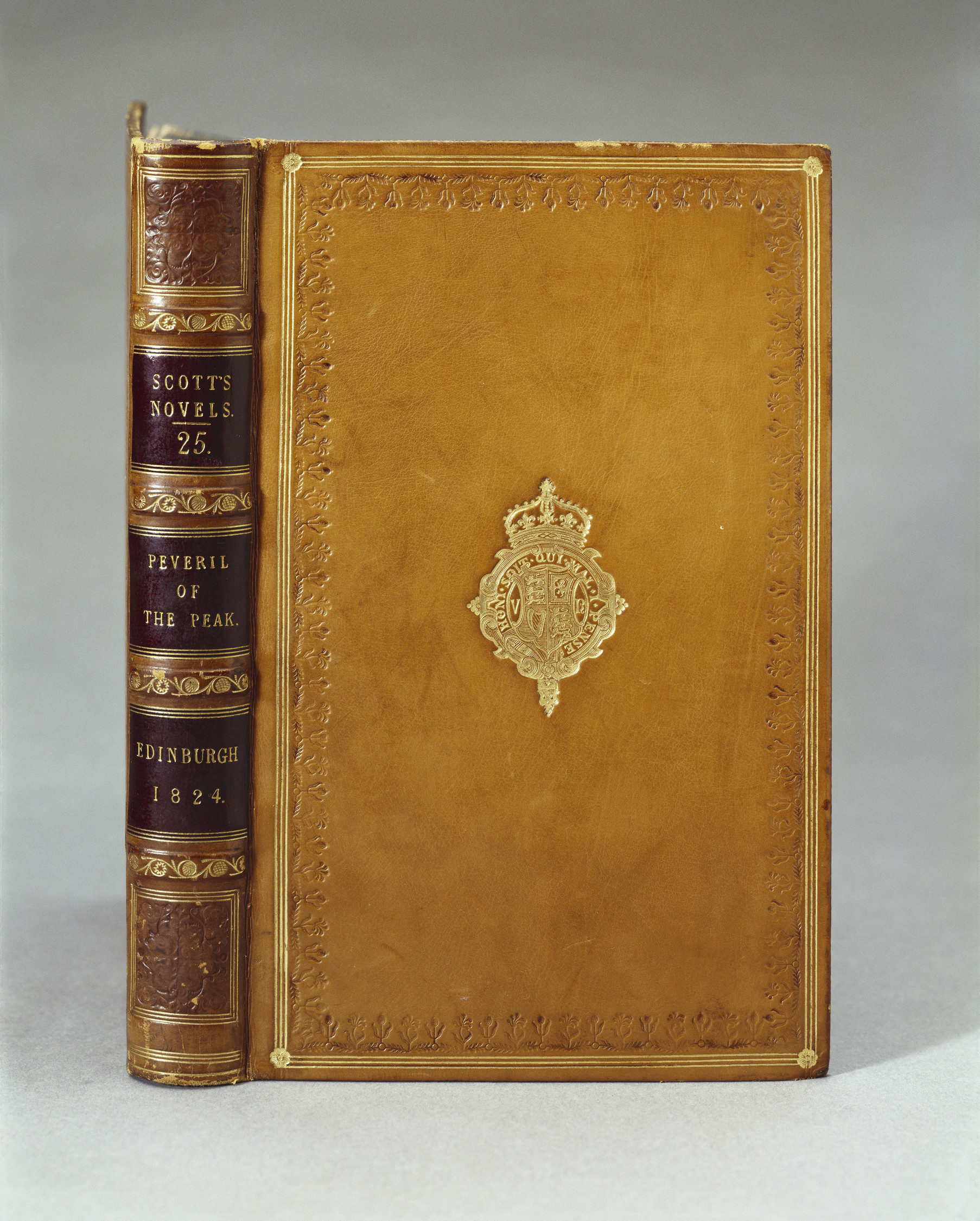Scott and Holyrood

Born in Edinburgh’s Old Town in 1771, Scott was born into a city famous for and filled with stories. He was a natural storyteller, writing poems, plays, and novels across the course of his lifetime, reaching global readership and acclaim. Many of his poems and novels explore Scottish history – the people, places, and events that have shaped the dramatic, often turbulent, story of the nation.
As an important site of Scottish royal and national history, the Palace of Holyroodhouse appears numerous times in Scott’s works, together with several of its royal residents and famous figures. In the narrative poem The Lord of the Isles (1815), readers come face to face with fourteenth-century king, Robert the Bruce, who held parliament in Holyrood Abbey nearly 700 years ago. The most famous figure in Holyrood’s history, Mary, Queen of Scots, features in the novel The Abbot (1820). Scott found himself drawn to Mary’s tragic tale, revisiting it often in his writings, particularly the infamous murder of David Rizzio in Mary’s private chambers. Perhaps most famously of all, in Scott’s first novel Waverley (1814), the Young Pretender, Charles Edward Stuart, attends a glittering ball held in the Great Gallery.
But Scott did not just write about the Palace of Holyroodhouse and its royal connections in the past. He had royal connections of his own. In 1815 he was invited to supper at Carlton House with the Prince Regent, the future George IV. The two men shared a profound love of storytelling and would become lifelong friends and correspondents. Scott would appeal to the Prince Regent to grant permission to open a strong room in Edinburgh Castle in 1818, leading to the rediscovery of the Scottish Regalia – activities for which he received a baronetcy in 1820. The pair also shared a love of spectacle. In 1822, George IV visited the city of Edinburgh – the first visit to Scotland by a reigning monarch for nearly 200 years. Scott was chosen to organise the celebrations, and the visit was a tremendous assortment of ceremonies and processions. At the Palace of Holyroodhouse, the king took part in the ceremony of the keys. In David Wilkie’s painting of the occasion on the forecourt of the Palace, the Hereditary Keeper, Alexander, 10th Duke of Hamilton, is depicted presenting George IV with the keys to the city of Edinburgh, whilst Scott watches keenly from the far-left of the painting. The painting now hangs beneath the Great Stair at the Palace.
Several further receptions and levees took place at the Palace of Holyroodhouse during the royal visit. Scott had encouraged members of the public to wear tartan during the festivities, and the king himself followed these instructions, wearing full Highland dress to his first levee at the Palace on 17 August 1822. George’s ensemble included the royal Stuart tartan for the jacket, shoulder plaid and kilt, a baldrick, a pair of Highland pistols, a Highland dirk, purse, and powder-horn. Supplied by George Hunter of Princes Street, the outfit cost £1,354.18s. A painting of the king in his Highland dress hangs in the Dining Room at the Palace today.
Hanging opposite the painting of George IV in the Dining Room is a portrait of another of Scott’s famous Royal readers, Queen Victoria. Victoria began reading Scott at a young age, and was an ardent admirer of his work, writing in her diary on one occasion: ‘Oh! Walter Scott is my beau ideal of a poet – I do so admire him, both in poetry and prose!’. The queen’s first visit to Scotland in 1842 and her subsequent, frequent, visits were no doubt influenced by Scott’s writings of Scotland, and his romantic visions of the landscape and its history. It was a novel by her favourite author that Victoria chose to read to her beloved husband Prince Albert during his final illness in 1861, touchingly marking the page reached three days before his death.
During the course of this 250th anniversary year, we will explore Scott’s work, his royal connections, and his exploration of the history of the Palace of Holyroodhouse in short talks, activities and more. Check this page and follow us on social media to keep up to date as we explore this fascinating figure, the courtly characters represented in his works and his royal readership.









